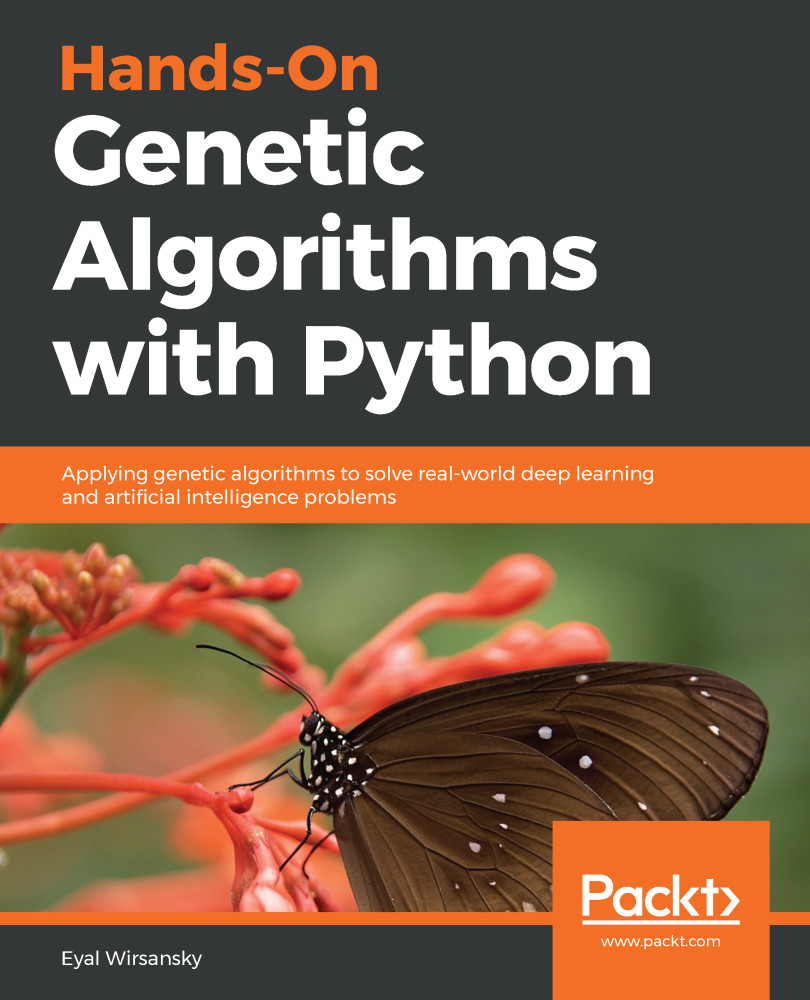This chapter describes how genetic algorithms can be used to improve the performance of supervised machine learning models by tuning the hyperparameters of the models. The chapter will start with a brief introduction to hyperparameter tuning in machine learning before describing the concept of a grid search. After introducing the Wine dataset and the adaptive boosting classifier, both of which will be used throughout this chapter, we will demonstrate hyperparameter tuning using both a conventional grid search and a genetic algorithm-driven grid search. Finally, we will attempt to enhance the results we get by using a direct genetic algorithm approach for hyperparameter tuning.
By the end of this chapter, you will:
- Understand the concept of hyperparameter tuning in machine learning
- Be familiar with the Wine dataset and the adaptive...


